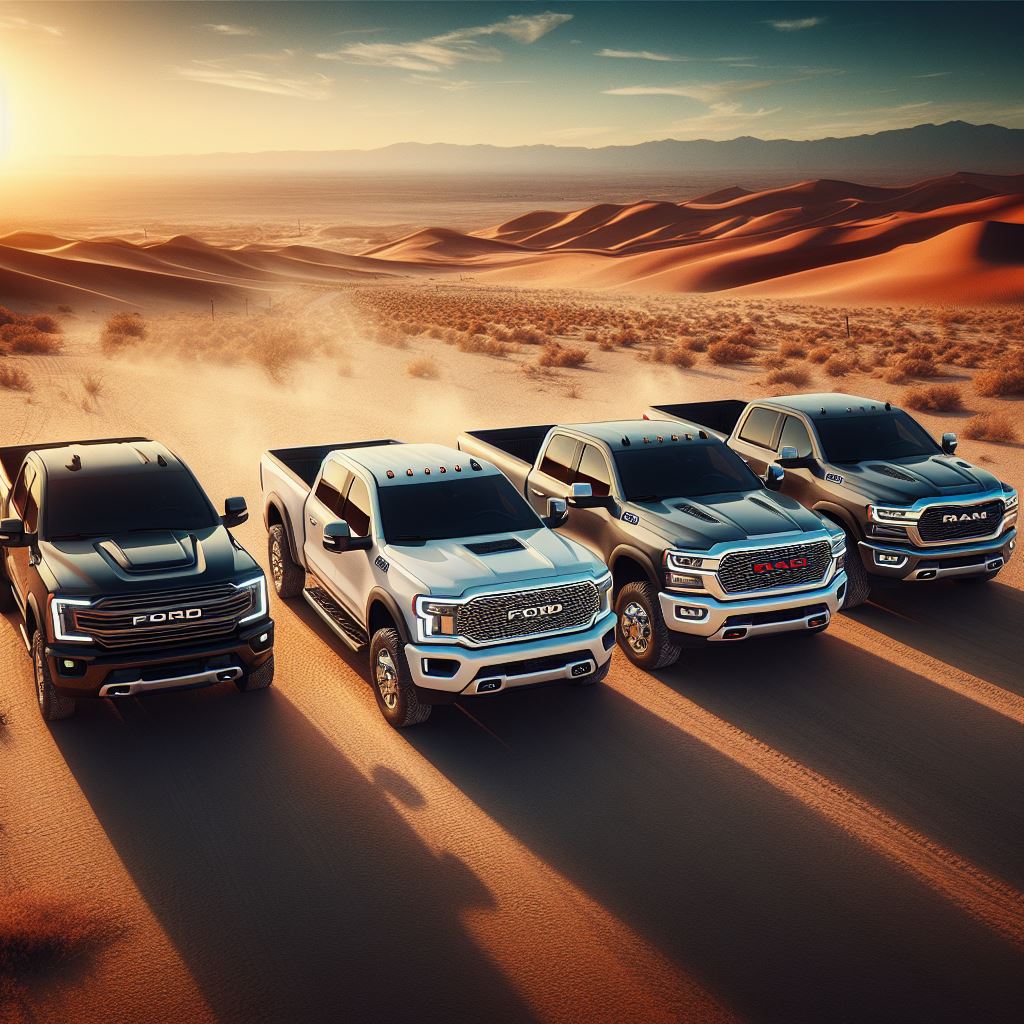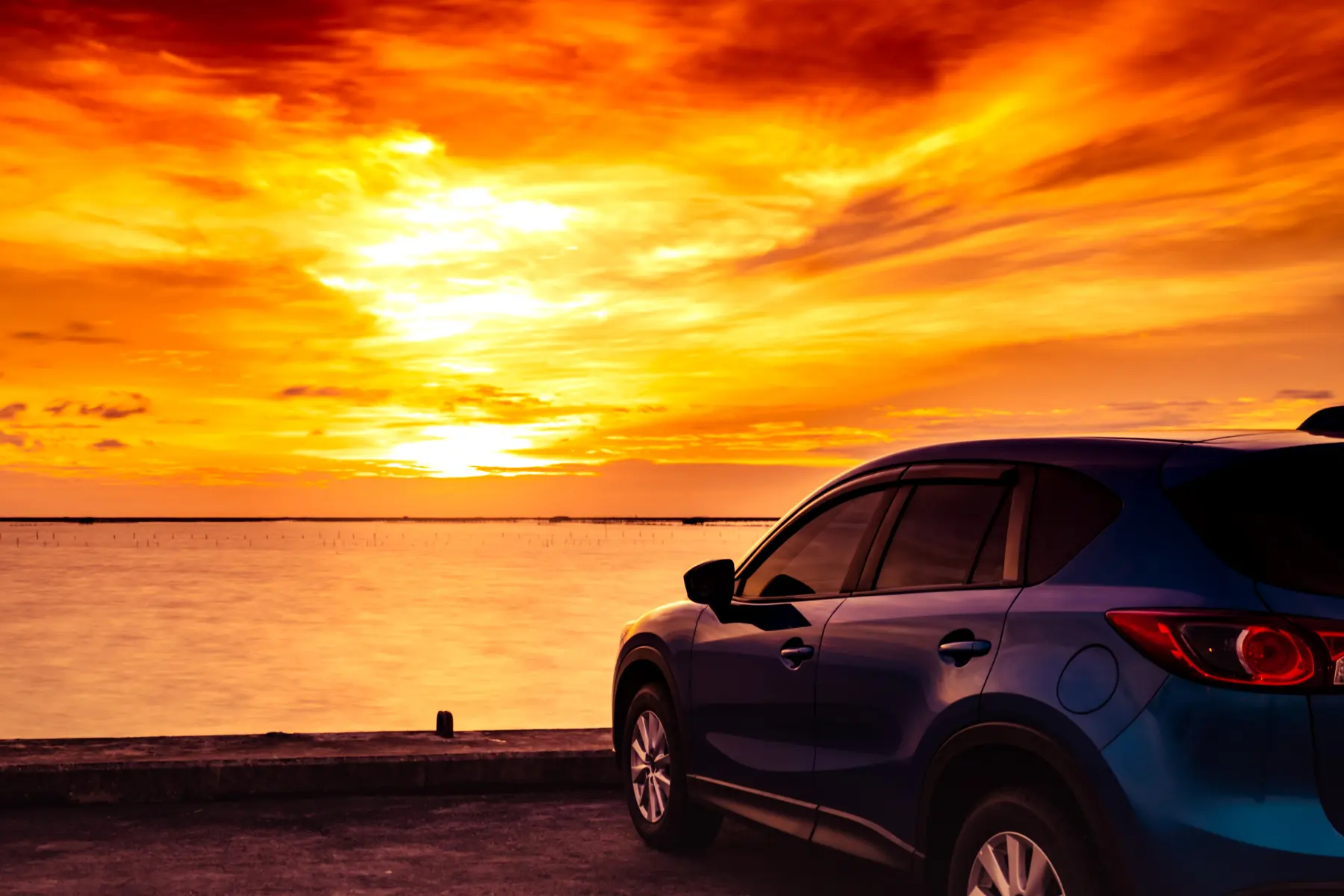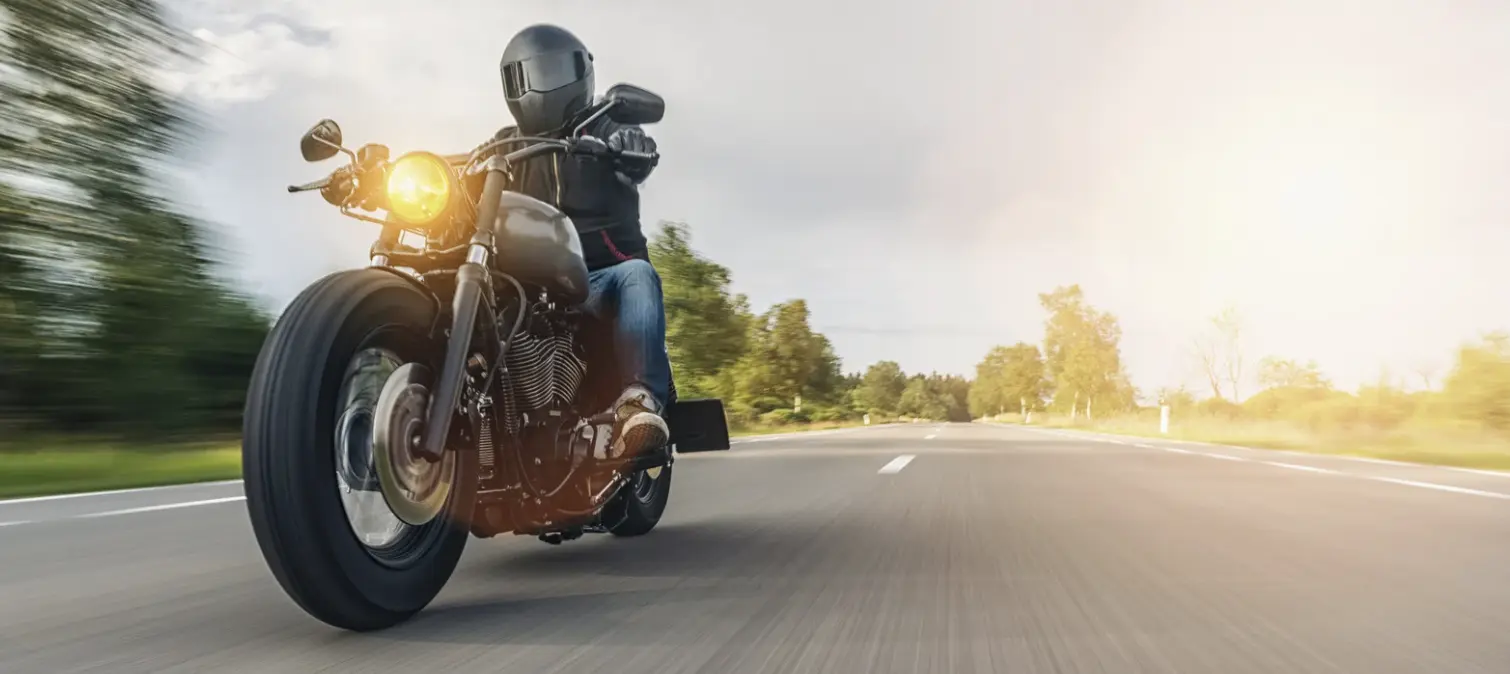As a Washington state resident, I’d like to take advantage of the sweet off road trails in my region. This article documents my decision to select a pop up camper instead of alternatives and my upgrades along the way.
Base Truck for the Pop-Up Camper
2022 Tacoma TRD Off Road Access Cab in magnetic gray. Why not the popular double cab? Because I have dogs and no kids. I like the turn radius of a shorter truck without trading the 6ft bed feature. Before moving to the PNW, I drove a relatively new 2021 Ford Ranger 2WD.
After a few months, I got a used ARE truck cap to keep my stuff dry for camping.
After doing some snooping around, I decided to upgrade. I consider fiberglass campers, popup campers (slide in vs cap/no slide in), wedge-styled campers, roof-top tent — the whole array of options.
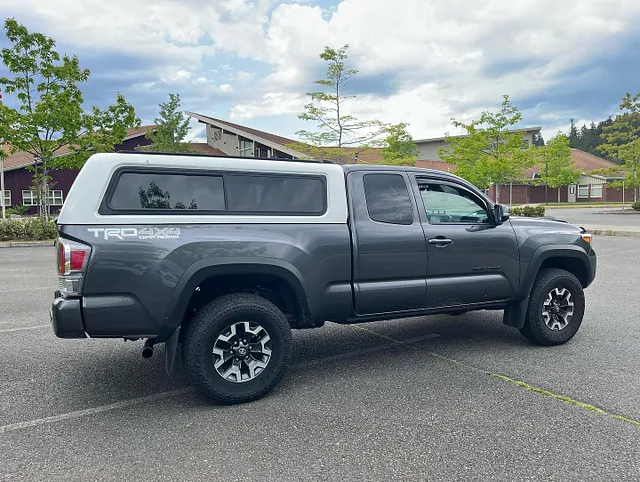
Comparing Camper Options
Option A: Wedge style campers.
Pros: Usually cheaper, lightweight, easier to deploy, lots of options from a dozen+ manufacturers.
Cons: Not enough space, some not as air tight or insulating as hard top.
Option B: Slide in pop up camper.
Pros: More light weight than hard top camper.
Cons: More expensive than other options. You are looking at 20k minimum to have a decent set up. The lightest is still 1000 lbs or so for mid size trucks. Many heavy slide ins are geared towards half-ton trucks.
Option C: Hard top slide in camper.
Pros: No need to deploy the pop up or wedge mechanism for sleeping position. Easier to keep warm and sealed compared to marine grade pvc canvas for the wedge and popup campers. Comes in various materials like composite, fiberglass (rare), aluminum.
Cons: The priciest option. Usually all the square footage inside the camper is for bench/kitchenette/seating and no room to actually use the truck bed half of the time.
I have to admit I have a soft spot for fiberglass campers because they are lightweight and rain proofed for the crazy amount of rain we have here in the Pacific Northwest. Plus, they look freaking cool! However, after watching renovation videos by Jonathan Yentch and She Roams Wild, I cannot stomach dealing with that much tear down. The fun part of any build is to put things in your truck, not tearing out rotten wood and crap from 20+ years of weathering and age. Even fiberglass campers have interior wood and metal screws that need replacement.
And finally, the last option.
Option D: Pop up clamp down camper.
This option is relatively new and similar to the popup slide in truck camper. The difference is the flooring — since the manufacturer builds this like a canopy shell that you can use C-clamp or bolts to attach to the walls of the truck. The flooring delete makes the camper substantially lighter than its popup slide-in cousin.
Ovrlnd Camper came out with the design in 2018 at Overland Expo. I am not sure if they can be credited with the first design, but they certainly excel at it that Four Wheel Campers took notice. Shortly one year afterwards, Four Wheel Camper came out with Project M, with a very similar design to the Ovrlnd Camper. Pretty soon, the market has a few competitors popping up. AT Overland, Topo Toppers, Skinny Guy Camper are other manufacturers.
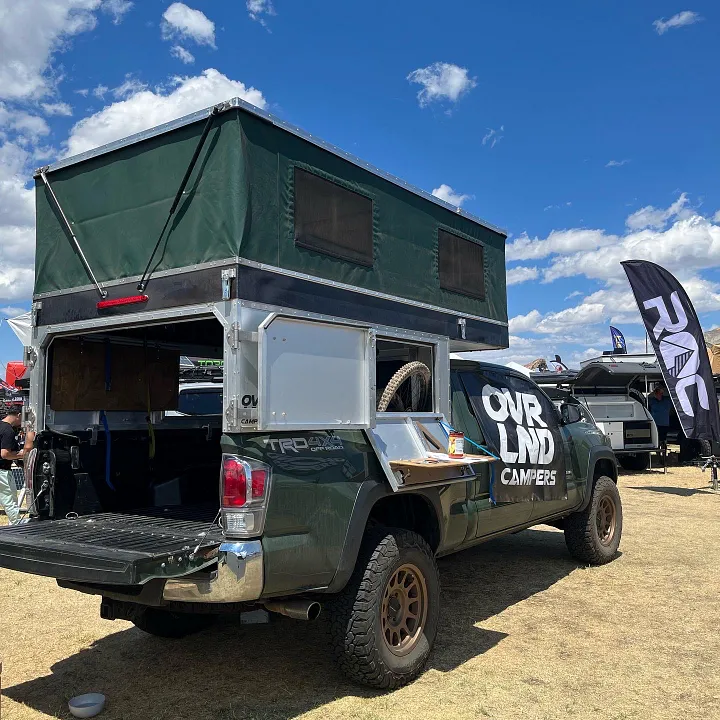
My final decision is based on the following factors:
- weight — the Tacoma can handle max 1500lb payload so even a 1000lbs lightest weight camper with upgraded suspension is pushing it. When you add up the gear, water, your family/doggies, it adds up. I am aiming for sub 500lbs camper.
- maneuverability — for overlanding and some light off-roading. This ties with weight as well. The wedge and popup campers win in this respect because that extra 1–2 foot of collapsed space really help navigate through trails and tree branches.
- repairability/made with weather-resistant materials — anything made with wood framing is immediately disqualified. I like aluminum framing because if there is an issue in the future, it is easy to find a local TIG welder to fix or add on to the camper. The materials are plenty and many of replaceable parts are easily available at the local hardware store.
- diy friendly for customization — I enjoy wiring my own electricals, making my own wood platforms, and building things in general. I want to make it reflect my own personality.
- price — somewhere in the mid-range price so about 10–20k max because I do not want to take out loans.
- community support — how many other owners out there have the same campers? Are there forums for support, questions, etc. It will save you time to problem solve something like a mounting system if another person already figures it out.
Factors that are not important to me, but could be for others:
- lead time — some like Topo Toppers have 1–2 months while others like Project M have a year wait time. I can wait to pick the right camper.
- prewired with electricals and battery system — this is for folks who just want the camper for 1 week and more usage, or simply use it as an alternative to vanlife. I plan to use it for weekend camping so this is not a huge factor if I wire my own 100W system.
- toilet/shower/plumbing system — enough said
Hence, I zoned in on Project M and the Ovrlnd Camper. Project M because the manufacturers are reputable and has been around since the 70s. Ovrlnd Camper have the best design — I really dig that barn doors look.
Before placing an order, I drove to the 2022 Overland Expo down in Oregon last summer to sit inside all the campers to get the right feel for them. I was blown away by how much space the straight up walls of the Project M and Ovrlnd camper get versus more angled shaped Topo Topper and AT Overland camper.

Ovrlnd Camper Ordering and Pick Up Experience
The only drawback about the Ovrlnd camper is you will have to drive to Flagstaff, AZ for pick up. The alternative is to pay for shipping. Yes, they do ship. I took a week off for the 21-hour drive from Washington down to Flagstaff, AZ.
The installation process was seamless and I got a tour of the warehouse where folks made the camper. Cole and Maggie are real friendly folks.
Ann Hoang is a Lead Software Engineer at a streaming service company. On her free time, she likes to lift her truck and overland in her backyard in Washington state with her two heelers and partner.


